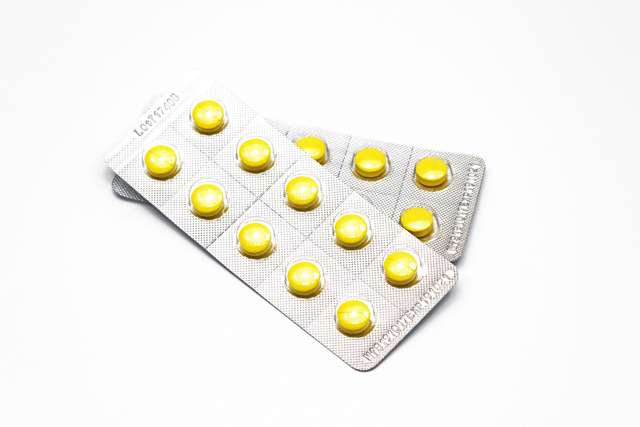
Changing a pill’s color can make users less likely to take needed medication. Image Source: Shutterstock user White bear studio
The color of coated pills isn’t just about aesthetics—it can impact how consumers identify and use medications. For example, the authors of one study on the impact of pill appearance on consumer perception noted that a “change in the shape or color of medications may contribute to patients’ stopping treatment.”1 This may be in part because users depend on the color of the pills to tell them what to take and when, as many users identify their pills by their color rather than their name. Pharmaceutical companies also increasingly employ color to protect against counterfeiting, a major issue as the $431 billion counterfeit pill industry continues to grow.2 Due to the critical role of color plays in pharmaceutical use for both consumers and companies, color management becomes an essential part of the overall quality control process.
However, working with coated pill samples can bring up a number of difficulties. Of particular concern is being able to analyze a sizable representation of a batch and gain accurate data from a non-uniform sample surface. Choosing the correct spectrophotometric instrumentation is necessary to overcome these challenges and obtain meaningful data from color measurement.

Some spectrophotometers are not designed to handle non-uniform samples, preventing rapid color measurement of coated pills. Image Source: Shutterstock user Wanannc


